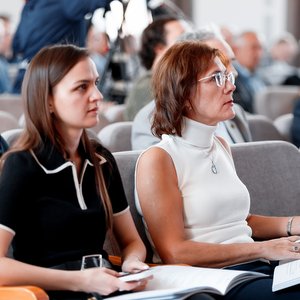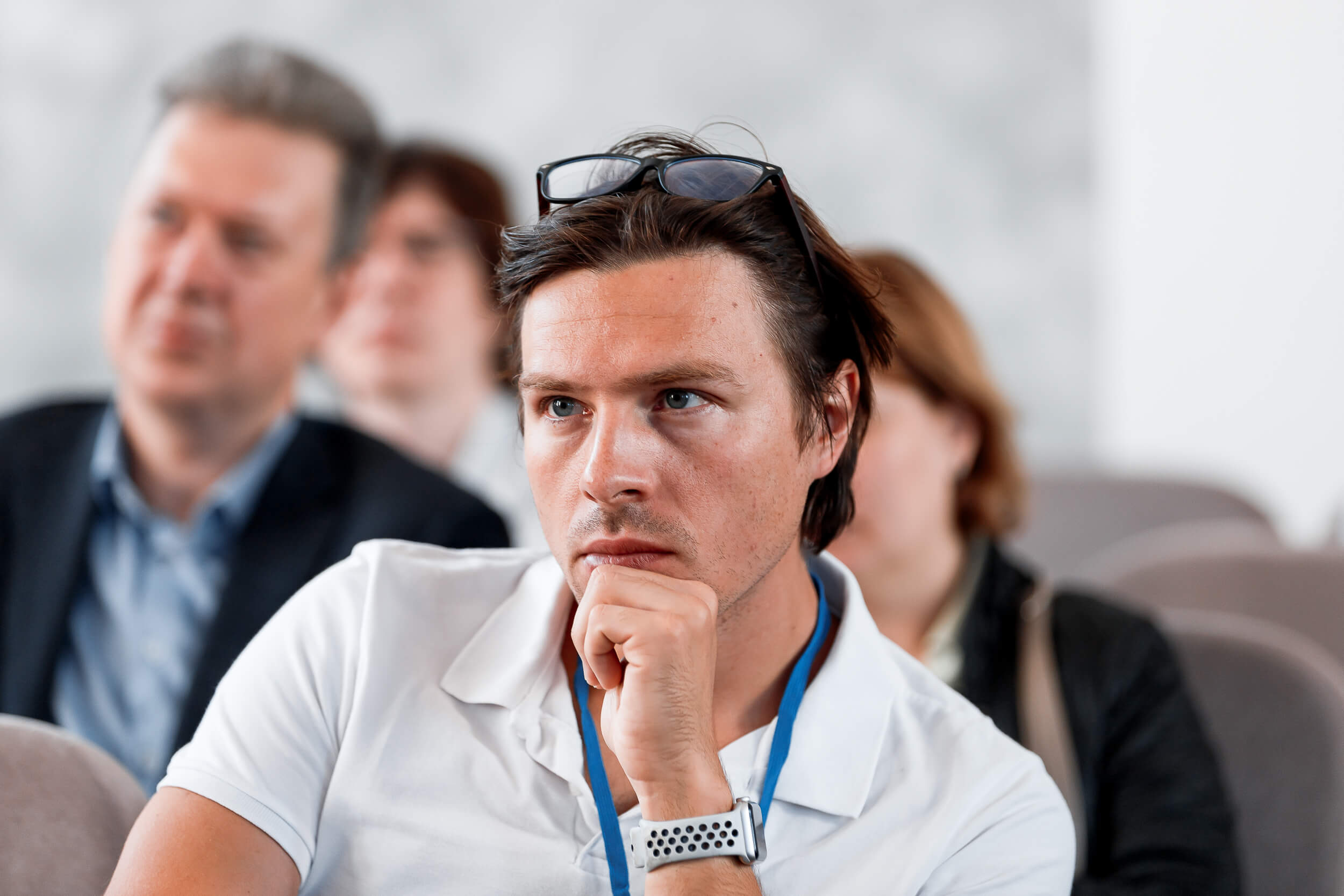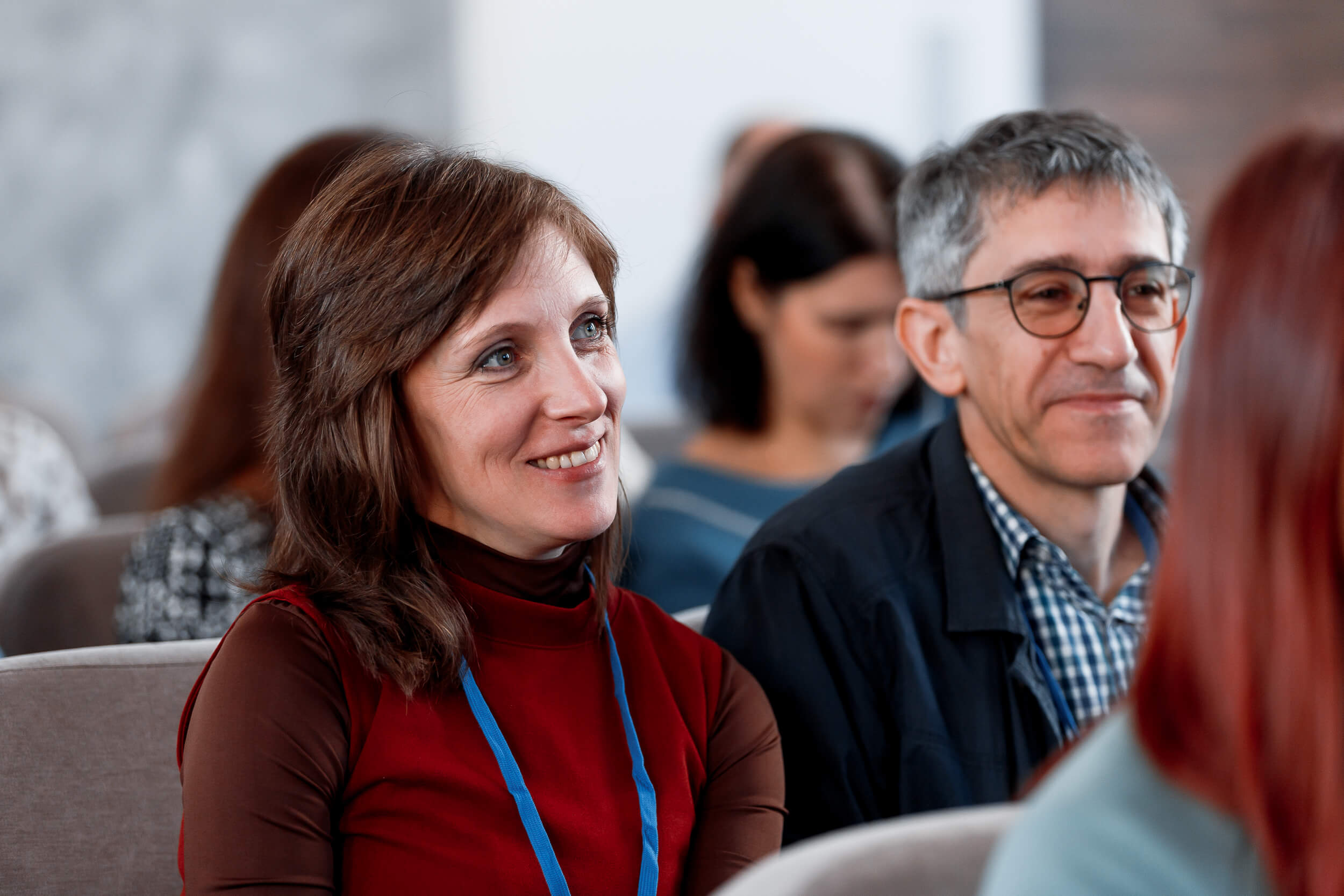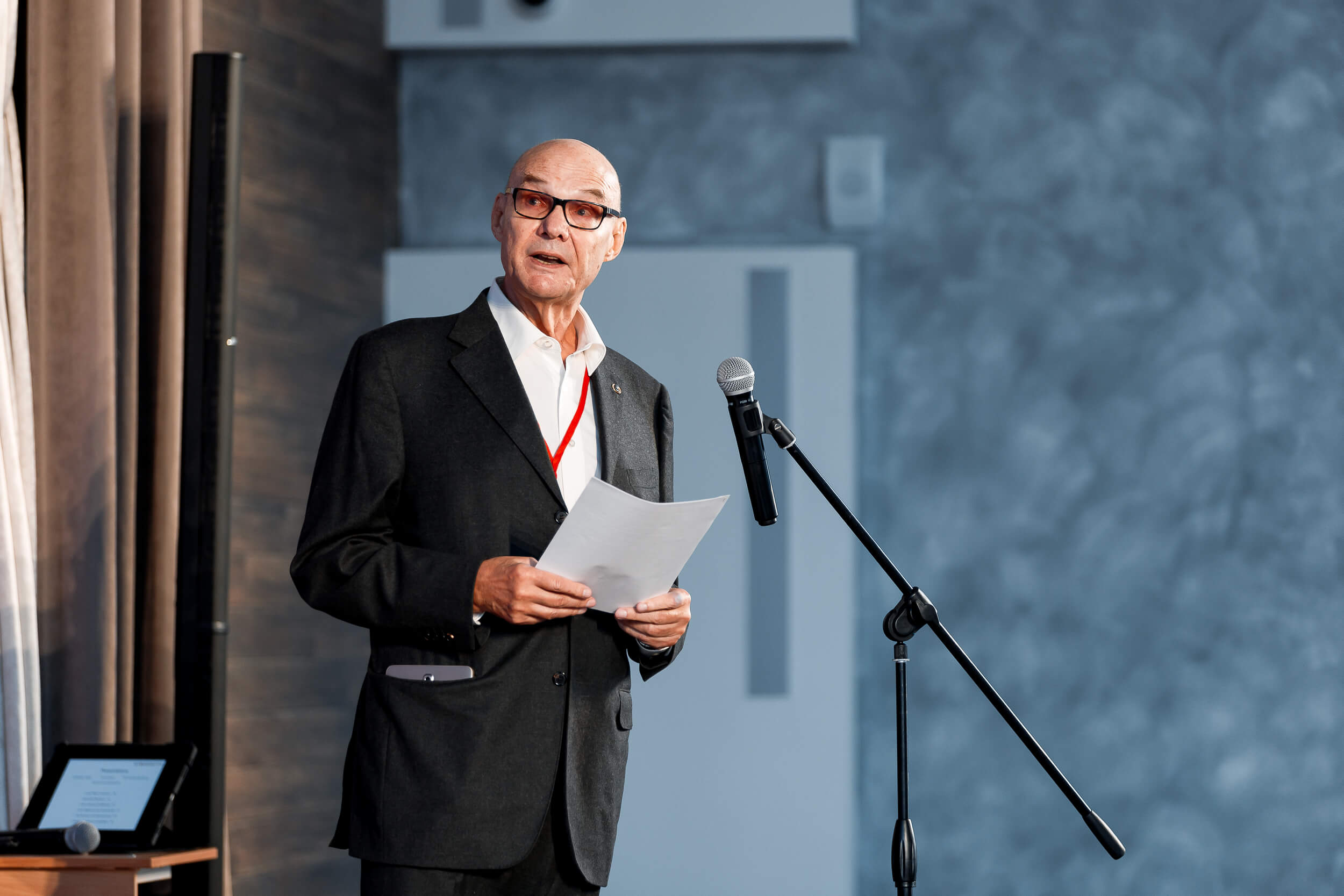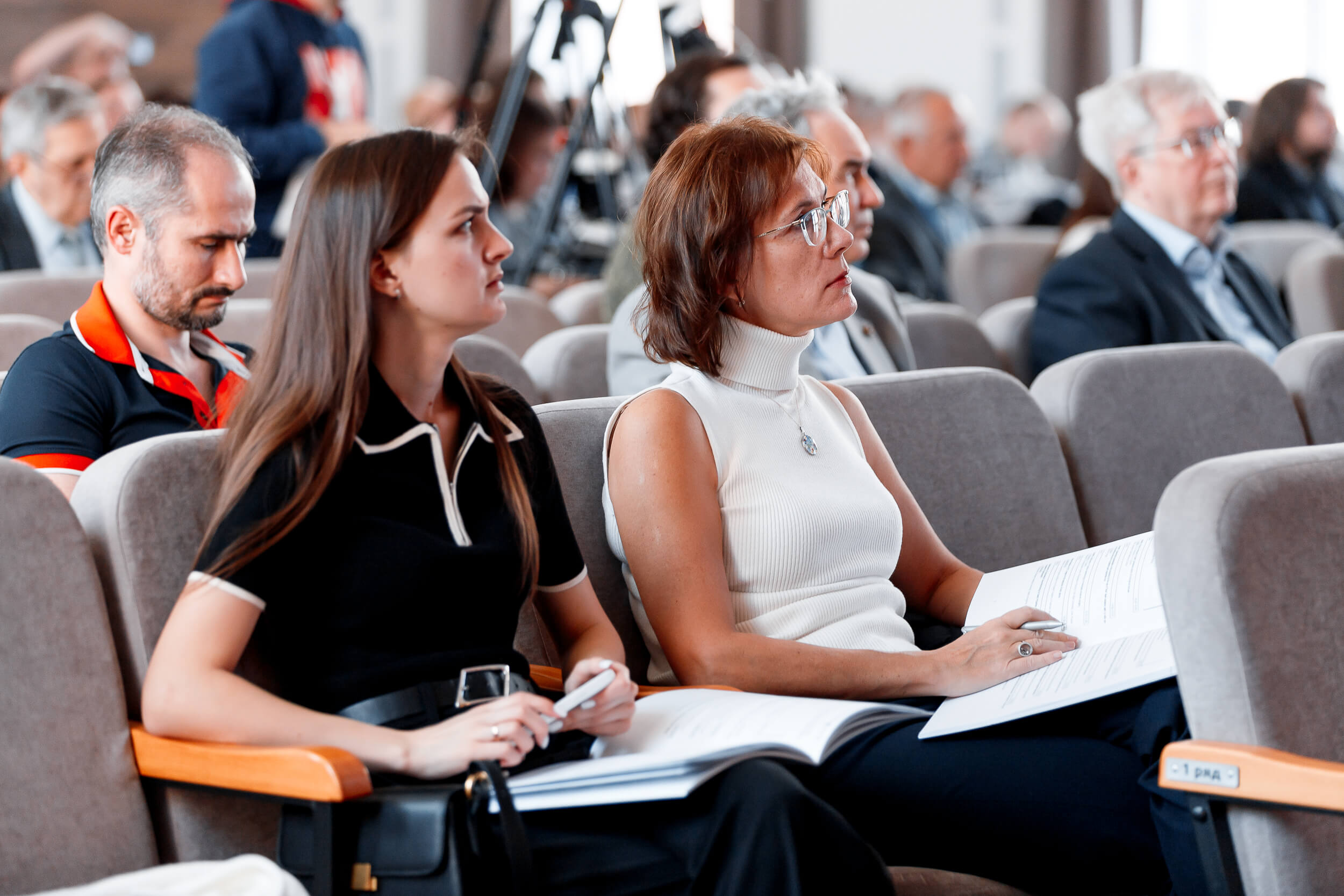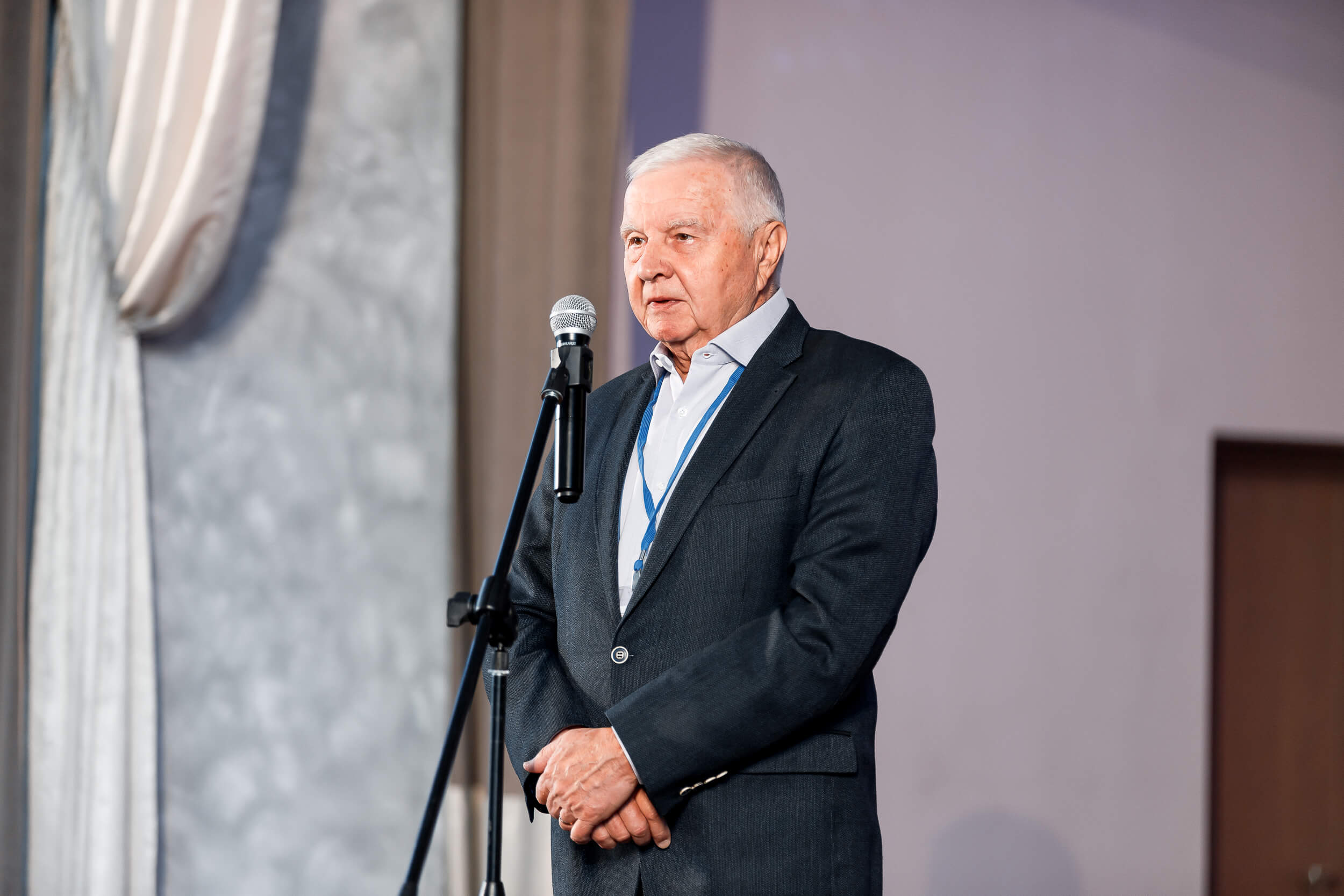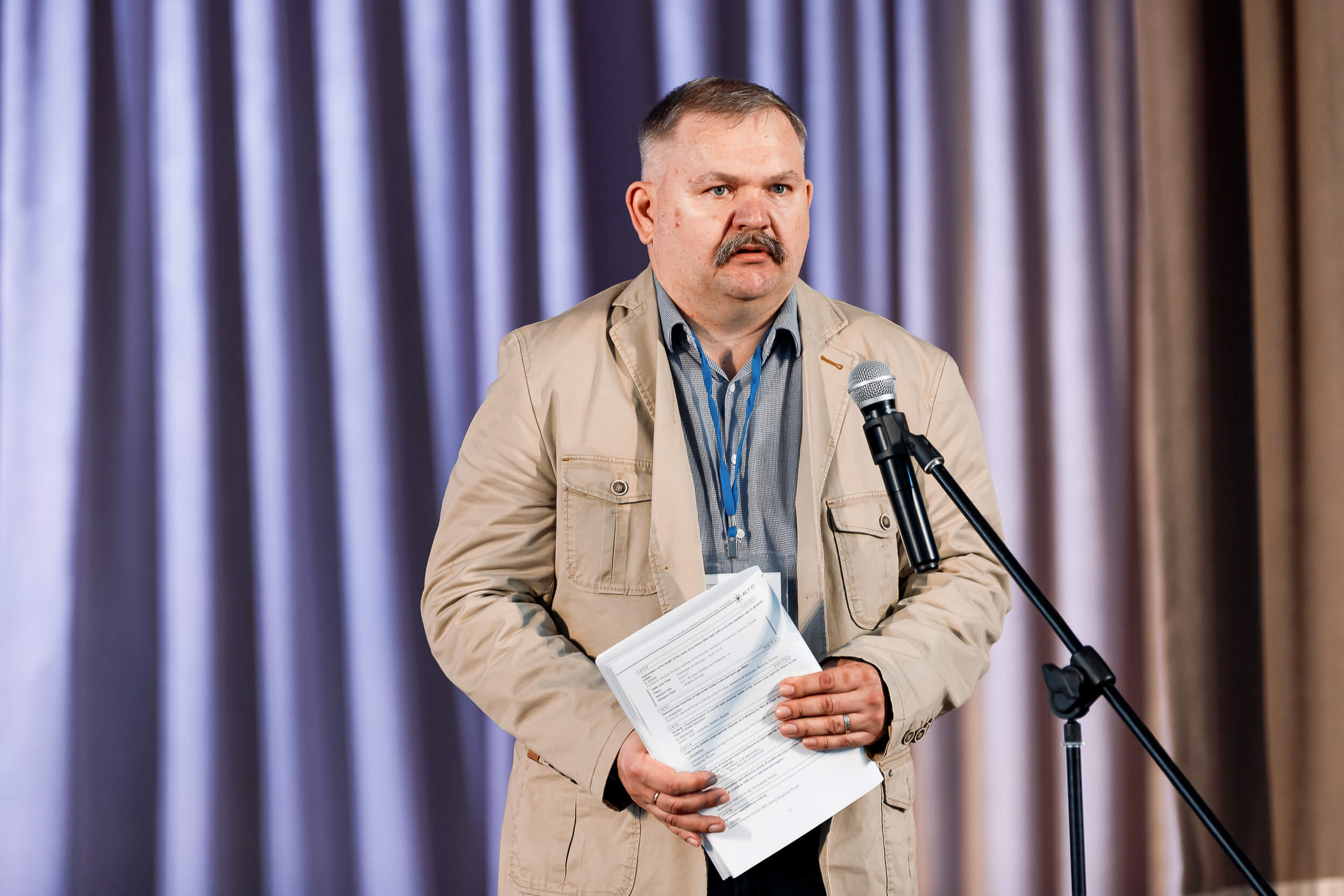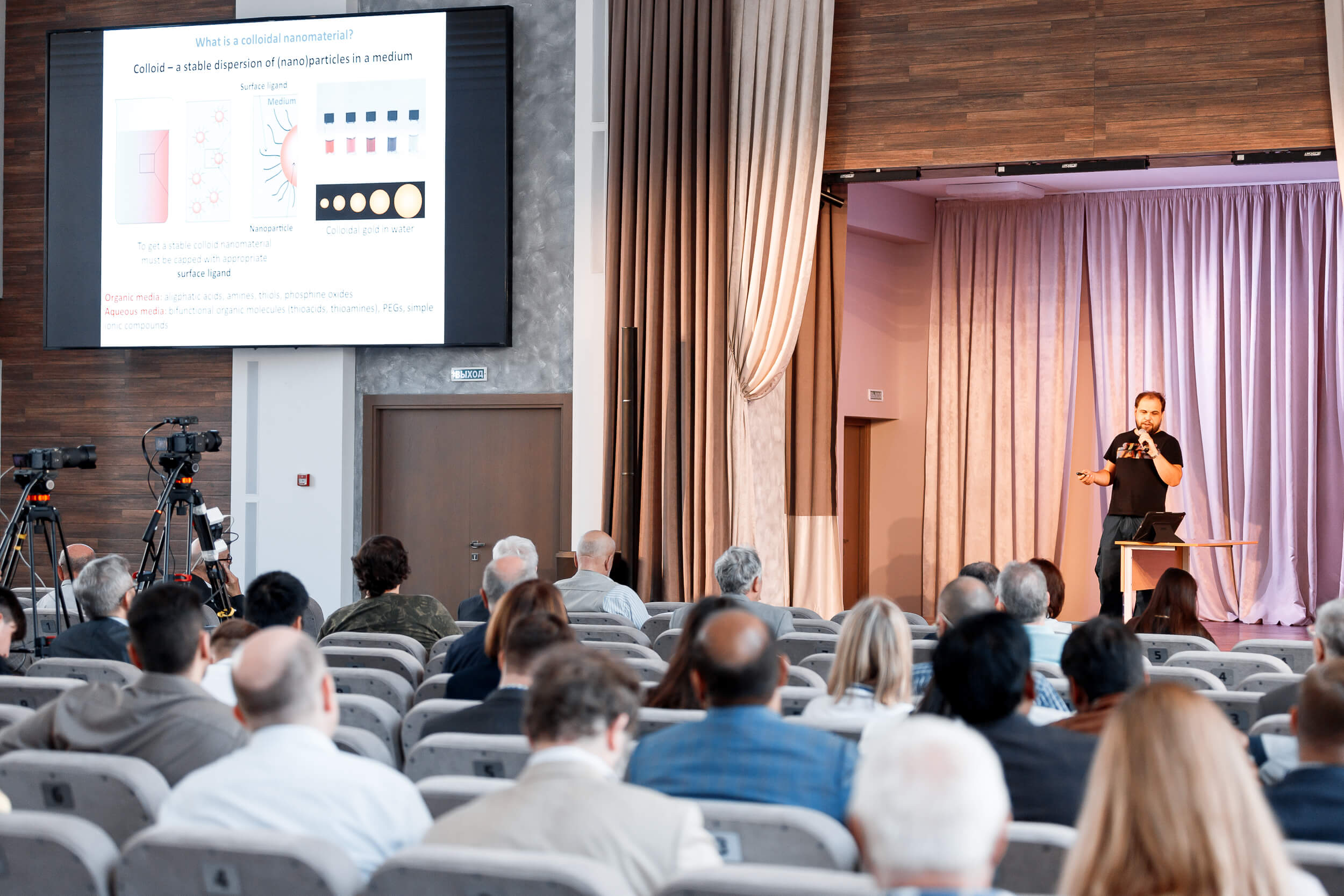The conference participants were addressed by academicians of the Russian Academy of Sciences — Ivan Shcherbakov, Scientific Director of the A.M. Prokhorov Institute of General Physics, Vitaly Konov, Head of the Centre for Natural Science Research of the A.M. Prokhorov Institute of General Physics, and Viktor Soyfer, President of Samara University.
“I welcome you to Samara on behalf of Samara University, and on behalf of the Institute of Image Systems Processing of the Russian Academy of Sciences, I am privileged to be here. I am very glad that the conference is participated by foreign colleagues, including the representative delegation from India. I am sure the conference will be successful,” addressed Viktor Soyfer his colleagues.
The ALT Conference has been held since 1992, and is one of the largest annual global events in the field of photonics and laser technology. The founder of the Conference was Nobel Laureate Academician A.M. Prokhorov, Director of the Institute of General Physics of the Russian Academy of Sciences. Leading researchers of the Institute of General Physics of the Russian Academy of Sciences are members of the Conference Program Committee. During presentations and discussions, scientists discuss the use of lasers in the communication and security systems, medicine and astrophysics; the use of lasers for processing various materials and creating new sensors for smart-things and smart-city systems. Over the years, the Conference has been hosted by many countries of the world, including Russia, but this year, for the first time, Samara, not Moscow, became the venue for the ALT in our country.
“For the first time, this large-scale international scientific conference is held not in Moscow and not abroad, but in Samara. The Samara School of Photonics is well known all over the world, represented by scientists from Samara University and the Institute of Image Processing Systems of the Russian Academy of Sciences. The 30th anniversary conference, which opened today, presents research by scientists from all over Russia, as well as from foreign countries. This year, one of the conference novelties was inclusion of a new section - Quantum Technology — in the program, for the first time in the history of ALT. There will be interesting reports on the theory of creating quantum computers, on quantum protection of fiber-optic communication channels. Russia is currently one of global leaders in quantum communications. It is no coincidence that this year the SMARTS Group of Companies engaged in creation of the telecommunication infrastructure with quantum data protection became a partner of the Conference”, told us the co-chairman of the Organizing Committee of the ALT’23 Conference Vladimir Paveliev, Doctor of Physical and Mathematical Sciences, Head of the Department of Nanoengineering of Samara University.
The Conference has been participated by the representative delegation from the Indian University of JMI (Jamia Millia Islamia, New Delhi). With this famous scientific institution of India, Samara University has been successfully collaborating in development of new nanomaterials for sensors and photonics for a long time. The scientific cluster of China is also widely represented among the participants.
The Conference program includes many reports on the use of laser and quantum technology in medicine: one of the five thematic sections of the Conference is dedicated to biomedical photonics, and another — to spectroscopy and laser diagnostics of diseases. For example, scientists will share their results of research in laser diagnostics of skin cancer, kidney and dental diseases: even caries at its earliest stages is possible to be diagnosed with laser.
The report of Professor Igor Vlasov from the A.M. Prokhorov Institute of General Physics of the Russian Academy of Sciences is dedicated to a variant of the diamond nanothermometer that makes it possible to measure the temperature of an individual living cell in the body: knowing the temperature allows, for example, better understanding what reactions take place in a particular cell. Professor Irina Zavestovskaya from the P.N. Lebedev Physics Institute of the Russian Academy of Sciences discusses in her report the issues of coronavirus destruction by using ultraviolet laser diodes.
The terahertz photonics section is also plentifully represented at the Conference. Terahertz lasers allow “seeing” literally through walls and determine the composition of items and substances hidden behind a wall or under clothing - for example, you can “see” drugs, weapons or explosives. Terahertz lidars (laser radars) allow remotely investigating the qualitative composition of various items. Development of the terahertz range will radically expand the bandwidth of communication lines.
For reference
Samara National Research University is one of global leaders in photonics. More than 40 years ago, the School of Computer Optics and Image Processing was established here, and has been still successfully operating, headed by Academician of the Russian Academy of Sciences, President of Samara University Viktor Aleksandrovich Soyfer.
Photonics is a science dealing with interaction of optical radiation with various structures. Nanophotonics deals with nanostructures, dimensions of which are significantly smaller than the wavelength of light. The key research area of Samara scientists is diffraction nanophotonics, which studies the diffraction of light on synthesized micro- and nanostructures, and is engaged in development of devices on this base.
One of the first breakthrough projects in computer optics was development of laser radiation focusers, carried out as part of preparation of controlled thermonuclear fusion, implemented together with scientists from the Institute of General Physics of the Russian Academy of Sciences. Scientists needed to figure out how to control the shape of the focus area of laser radiation acting on plasma. The works of Viktor Soyfer and his colleagues were dedicated to calculation and research of the first focusers, as well as creation of technology for formation of diffraction microrelief.
Photo: Olesya Orina
 RU
RU  EN
EN  CN
CN  ES
ES 